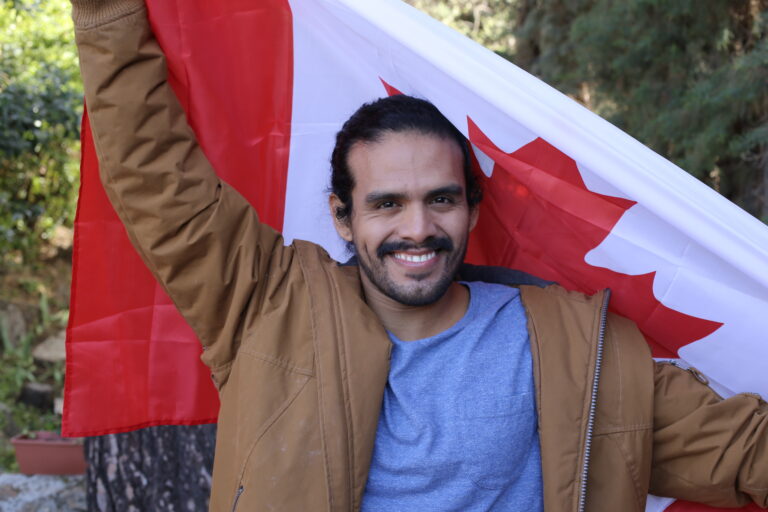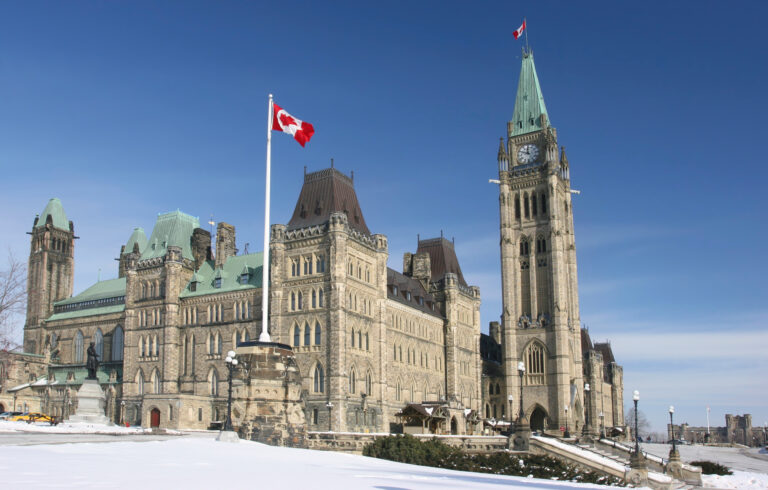A new checklist is being used by Canada immigration officials to ensure that applicants for citizenship have submitted everything needed to ensure their applications are processed in an expeditious manner.
Based on that checklist, applicants cannot submit their application at a Canadian mission abroad or outside of Canada or the United States. Immigration officials will also not proceed with these citizenship applications if there is any indication the wrong form was used, including any mention of a $75 fee.
Read More Canada Immigration News
Canada Begins Offering Electronic Citizenship Certificates
Updated Anti-Racism Strategy For Immigration, Refugees and Citizenship Canada
Canada Citizenship: Ottawa Ramps Up Numbers In 2022
Here’s what applicants for citizenship must know when filing those applications.
The first thing, of course, is to use the proper citizenship application form, the CIT0002.
“Applications received at our Case Processing Centre (CPC) in Sydney, N.S. March 1, 2021 or later must use forms from October 2020 or later (indicated on the lower left corner of the form),” notes Immigration, Refugees and Citizenship Canada on its website.
“Application forms that are not up-to-date will be returned as incomplete. IRCC does not consider the date of signatures or mailing to be deciding factors.”
Applicants eligible for Canadian citizenship must:
- be 18 years of age or older on the day they sign the application;
- be a permanent resident (landed immigrant) of Canada, and;
- have been physically present in Canada for at least 1,095 days in the five years immediately before they applied.
They may also need to file personal income taxes for at least three years within the five-year period and if so, must demonstrate adequate knowledge of English or French if they are between 18 and 54 years old when they applied.
Applicants must also demonstrate knowledge of Canada and of the responsibilities and privileges of citizenship if they are between 18 and 54 years old when they applied.
And they cannot have any unfulfilled conditions relating to their permanent resident status, be under a removal order, or otherwise be inadmissible or prohibited on criminal or security grounds.
Video
When using form CIT0002, applicants need to answer all the required questions and provide supporting documentation when required.
They must also sign and date the application.
Ottawa provides applicants for Canadian citizenship with an online tool, the Physical Presence Calculator, to help them calculate whether or not they meet the requirement to have been physically present in the country for the needed number of days. Those who cannot use the online tool are asked to fill out form CIT0047 to achieve the same purpose.
Citizenship Applicants Can Use The Services Of An Official Representative
The checklist used by immigration officials requires them to determine if the applicant has indeed provided the required two pieces of personal identification, including one with a photograph. Passport pages with identifying information, such as the applicant’s name, date of birth, etc., must cover the entire relevant period, the entire five years before the application date, and there must be an explanation provided for any gaps or missing passports.
Any applicant who lived outside of Canada during that time because their spouse or common-law partner was serving in the Canadian military is required to provide a residence form CIT 0177 to indicate that fact.
Immigration officials also require applicants for Canadian citizenship to clearly indicate whether or not they are using an immigration representative.
“A representative is someone who has provided advice or guidance to you at any stage of the application process, whether that person received consideration (ie. compensation) or not,” notes the IRCC on its form IMM 5476.
“Following the submission of your application, that person may conduct business on your behalf with Immigration, Refugees and Citizenship Canada (IRCC) and the Canada Border Services Agency (CBSA) if you appoint them as your representative.”
The checklist used by immigration officials to evaluate citizenship applications also requires them to ensure the original translations and an affidavit from a translator are included as well as two citizenship photographs and the $630 fee and that the proper payment method is used.
E-Certificates Now Available For Citizenship Applicants
In its bid to offer more choices and speed up processing times for citizenship applications, Ottawa has this year started offering electronic versions of Canadian citizenship certificates as an alternative to the paper certificates for those who want them.
“Starting Jan. 4, 2023, you can choose to receive an e-certificate or a paper certificate if you: apply to become a Canadian citizen; apply for a citizenship certificate; apply to resume your Canadian citizenship, or; are a member of the Canadian Armed Forces and apply to resume your Canadian citizenship after giving it up,” states the federal government on its website.
Citizenship certificates are either paper or electronic documents which prove a person’s Canadian citizenship. They are not travel documents.
Canada started offering the e-certificates, which are valid proofs of Canadians citizenship, on Jan. 4 this year. Each such electronic citizenship certificate has the following:
- a certificate number which starts with an X;
- the citizen’s unique client identifier (UCI);
- their family name and given name;
- the citizen’s date of birth;
- the citizen’s gender, and;
- the effective date of citizenship.
These e-certificates can always be accessed online by signing onto the Immigration, Citizenship and Refugees Canada (IRCC) portal.
When an applicant for citizenship is successful, he or she is sent a letter with download instructions either in an e-mail or through his or her IRCC secure account. When an e-mail is sent out, it is sent to the applicant’s e-mail or to his or her representative.
Downloading the e-certificate requires an IRCC account which can be created online by going here.
Those who wish to print out their electronic citizenship certificates are advised by the federal government to print them on 8.5 by 11-inch white paper in both colour and black ink and to print on both sides of the page with the printer layout set for portrait orientation.
“The information on the printed certificate must be legible (clear and easy to read) and fully visible (not cut-off),” notes Ottawa.
Anyone who has applied for an e-certificate and is facing technical issues is asked to contact the support personnel at [email protected].









